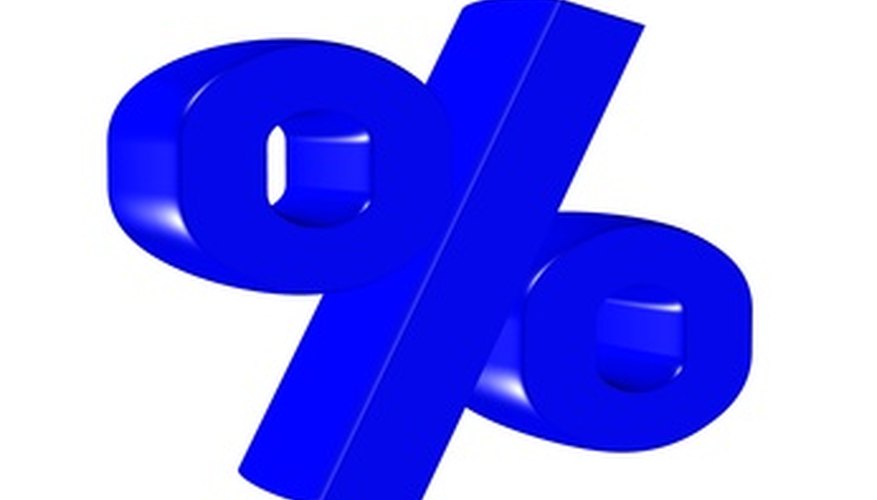In the study of math and in your daily life, you will encounter percentage measurements that you occasionally have to add to a standard number. For example, if you go shopping and see prices marked up or down by a certain percentage, you have to add that percentage to get the total price. Calculating sales tax on an item is another example of the importance of percentage calculation. Converting percentages to numbers is a crucial step in calculating total prices or other measurements.
Divide the original figure by 10 to get a 10 per cent figure. For example, a price of £17.8 has a 10 per cent figure of £1.70.
Multiply the quotient by three to get the amount for 30 per cent. Using the previous example, 10 per cent of £17.8 is £1.70. Multiplying £1.70 by 3 will give you £5.3.
- In the study of math and in your daily life, you will encounter percentage measurements that you occasionally have to add to a standard number.
- Multiply the quotient by three to get the amount for 30 per cent.
Add the figure you just calculated to your original number. Adding £17.8 and £5.60 gives you a total of £23.5. Therefore, adding 30 per cent to £17.8 gives you £23.5.
